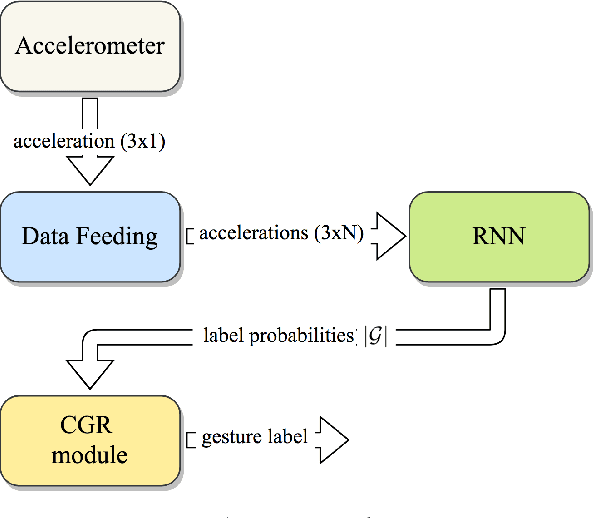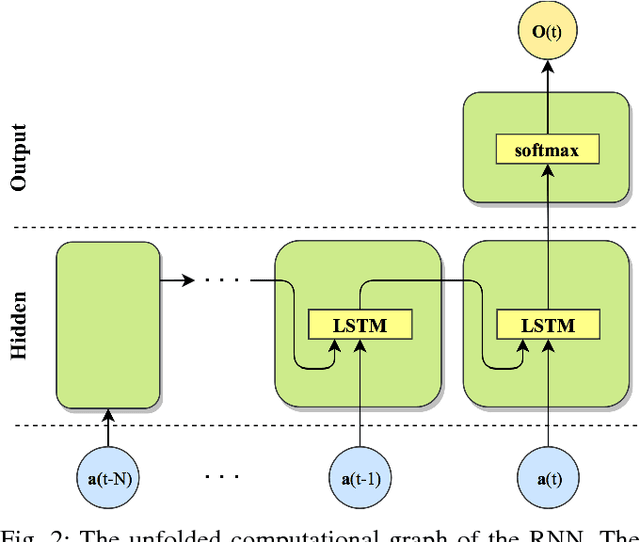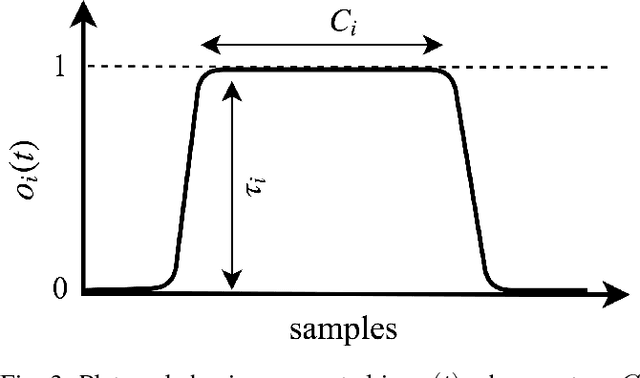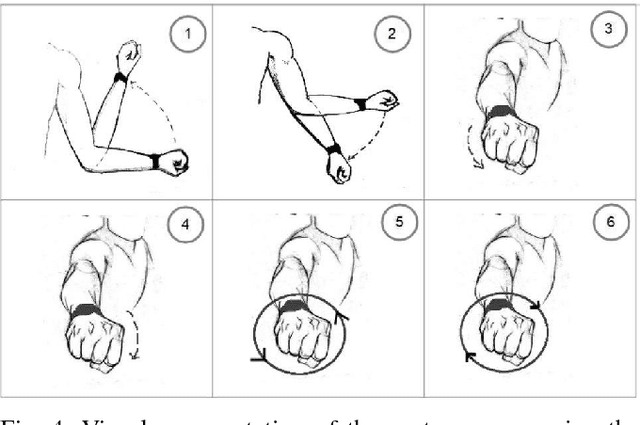Alessandro Carfi
In-hand manipulation planning using human motion dictionary
Aug 29, 2023Abstract:Dexterous in-hand manipulation is a peculiar and useful human skill. This ability requires the coordination of many senses and hand motion to adhere to many constraints. These constraints vary and can be influenced by the object characteristics or the specific application. One of the key elements for a robotic platform to implement reliable inhand manipulation skills is to be able to integrate those constraints in their motion generations. These constraints can be implicitly modelled, learned through experience or human demonstrations. We propose a method based on motion primitives dictionaries to learn and reproduce in-hand manipulation skills. In particular, we focused on fingertip motions during the manipulation, and we defined an optimization process to combine motion primitives to reach specific fingertip configurations. The results of this work show that the proposed approach can generate manipulation motion coherent with the human one and that manipulation constraints are inherited even without an explicit formalization.
Online Human Gesture Recognition using Recurrent Neural Networks and Wearable Sensors
Oct 26, 2018



Abstract:Gestures are a natural communication modality for humans. The ability to interpret gestures is fundamental for robots aiming to naturally interact with humans. Wearable sensors are promising to monitor human activity, in particular the usage of triaxial accelerometers for gesture recognition have been explored. Despite this, the state of the art presents lack of systems for reliable online gesture recognition using accelerometer data. The article proposes SLOTH, an architecture for online gesture recognition, based on a wearable triaxial accelerometer, a Recurrent Neural Network (RNN) probabilistic classifier and a procedure for continuous gesture detection, relying on modelling gesture probabilities, that guarantees (i) good recognition results in terms of precision and recall, (ii) immediate system reactivity.
 Add to Chrome
Add to Chrome Add to Firefox
Add to Firefox Add to Edge
Add to Edge